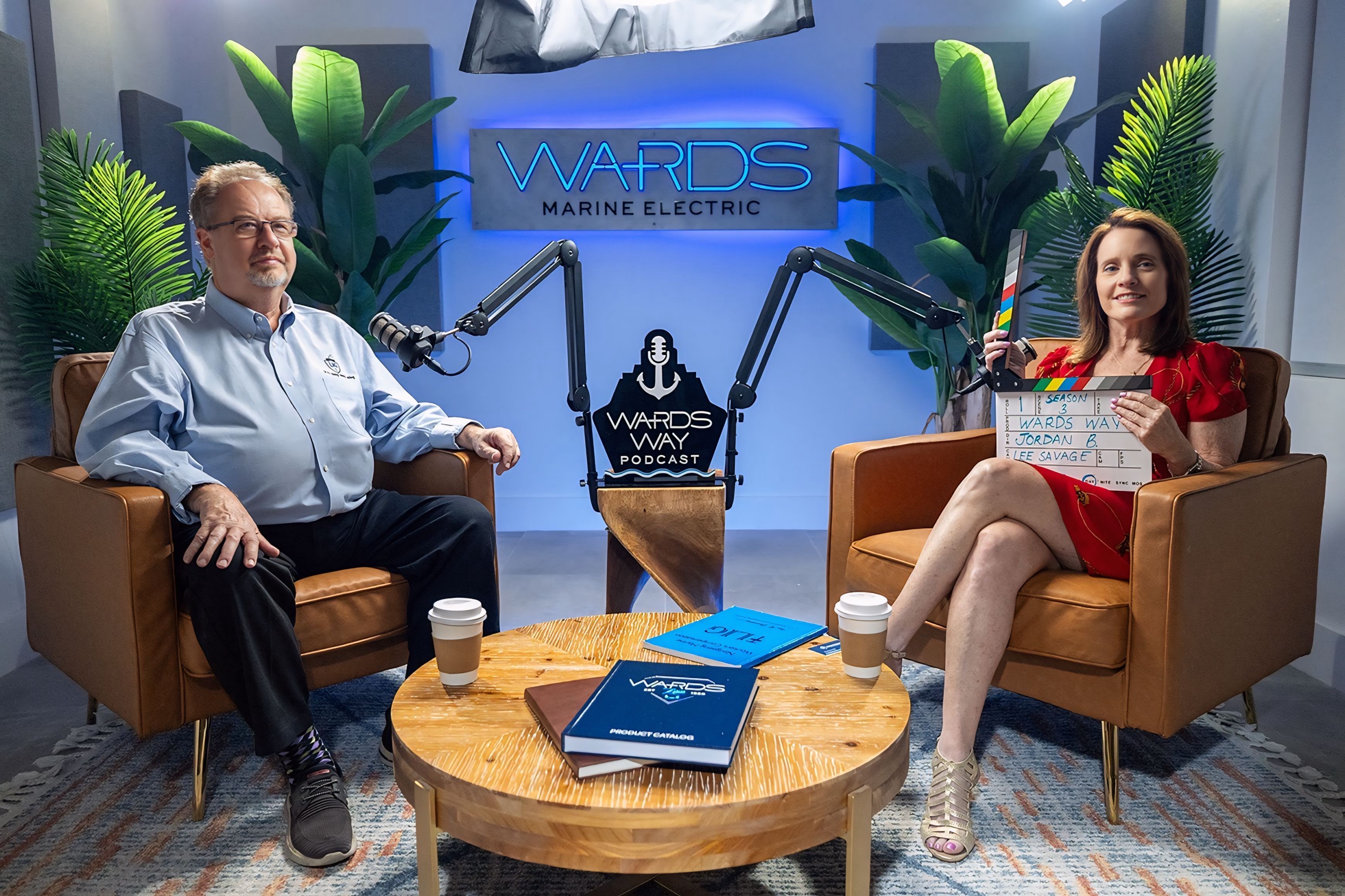
Marine Insurance Maze Untangled with LIG Marine Manager's CEO Ian Greenway
The Longshore and Harbor Workers' Compensation Act (LHWCA) remains one of the most complex and misunderstood aspects of marine insurance coverage in the United States. Since its inception nearly 100 years ago in 1926, this federal workers' compensation program has undergone significant changes, particularly affecting the recreational marine industry. Understanding these nuances is crucial for anyone operating within the marine sector.
The Longshore Act was originally created as a "gap-filling" measure, designed to provide coverage for maritime workers who weren't protected under the Jones Act (which covers seamen) or traditional state workers' compensation programs (which cover land-based workers). It aimed to establish uniform benefit levels across all states for maritime-related occupations. Initially, the Act specified named professions that would be covered, such as those loading or unloading vessels, working in ports, or repairing ships. However, significant amendments in the 1970s and 1980s flipped this approach, making it so workers were covered unless specifically excluded - a pivotal change that dramatically expanded the Act's reach.
One of the most contentious aspects of the LHWCA for the recreational marine industry has been the "65-foot rule." This provision originally stated that workers involved with recreational vessels over 65 feet were subject to federal Longshore coverage rather than state workers' compensation. The 65-foot threshold was established because vessels exceeding this length were historically constructed more like ships than yachts. As vessel construction techniques evolved, this distinction became increasingly arbitrary, yet the regulatory framework remained unchanged.
The financial impact of this rule was substantial. In the early 2000s, marine businesses in Florida faced a 2.65 surcharge on their workers' compensation rates. This meant that if the base workers' compensation rate was $10 per $100 of payroll, businesses were paying $26.50 per $100 for Longshore coverage - an enormous financial burden that wasn't justified by the actual claims experience. This surcharge created perverse incentives: workers went without coverage, businesses avoided certain types of work, and the entire industry suffered.
After a decade-long legislative effort led by Kristina Hebert and insurance expert Ian Greenway, the American Restoration and Recovery Act of 2009 finally modified the Act to remove the 65-foot restriction for repair and dismantling of recreational vessels. This was a monumental achievement, as it represented the first significant change to the Act in 26 years. However, this victory was short-lived. In 2012, the Department of Labor issued new regulations that redefined what constitutes a "recreational vessel," introducing complex criteria involving passenger capacity, vessel inspection status, and charter operations.
These regulations created a bewildering landscape where nearly identical vessels could be classified differently based on usage patterns. For example, a sport fishing vessel used as a charter boat with six passengers would be considered commercial under the 2012 regulations, while an identical personal vessel would be excluded from Longshore requirements. This inconsistency creates significant compliance challenges and liability exposures.
The risk exposure for marine businesses remains significant. When serious injuries occur, the search for a "deep pocket" often begins, and companies that believed they were protected may face substantial claims. For instance, in a recent case, a subcontractor who fell on a six-pack charter boat resulted in a $600,000 claim against the yard that had permitted him to access the premises, even though the subcontractor had waived his right to enter the facility.
If yards allow subcontractors to enter their facilities with exemptions from both State Compensation and longshore provisions, they effectively accept all responsibility for any incidents that occur. Furthermore, it is important to emphasize that workers are being left unprotected due to these exemptions, creating an uneven playing field. Contractors who do not provide workers' compensation can operate with significantly lower overhead costs, giving them a competitive advantage in labor rates.
While yards may believe they are pleasing their clients by allowing small, independent contractors to work in their facilities, this practice ultimately harms everyone involved.
For marine businesses, the most prudent approach is to secure "if any" Longshore coverage, which provides protection for any potential Longshore exposure at a relatively modest cost - often as little as $200-250 annually. This coverage provides not just claim payment but unlimited defense costs, which can reach six figures even in cases where the business ultimately prevails. Without this coverage, businesses face not only the financial burden of claims but also the lasting impact on their experience modification factors, which determine future insurance costs.
Professional guidance is essential in navigating these complex waters. The International Institute for Marine Insurance Studies (IMIS) offers a Certified Marine Insurance Professional (CMIP) designation that identifies agents with specialized training in marine insurance. Businesses should also implement careful payroll tracking systems that distinguish between state and federal work exposures, enabling them to accurately split their premium costs during annual audits.
For those interested in exploring this topic further, we highly recommend listening to Season 3, Episode 3 of the Wards Way podcast. You can easily find it on your preferred streaming platforms or watch it on YouTube. For additional information and resources, please refer to the links provided below.
LIG Marine Managers: https://www.ligmarine.com/
Certified Marine Insurance Professionals: https://www.iimis.com/

